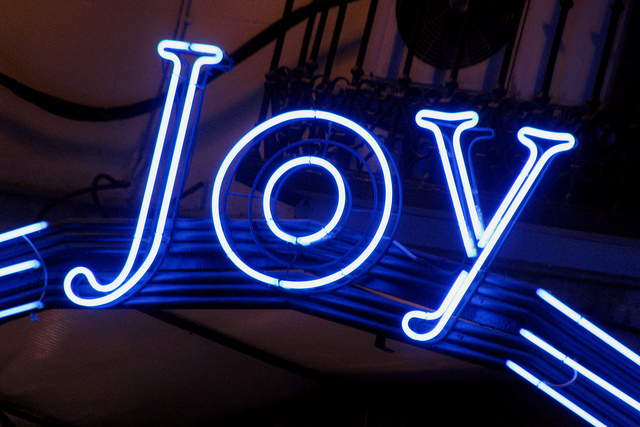 Have you ever been a victim of this circumstance?
Have you ever been a victim of this circumstance?
Senior leadership issues a clarion call for new ideas. “We need to generate more revenue!” Or more likely, “Our costs are too high and we want your input on how to cut our expenses!” But this is not just any request to submit some ideas into a suggestion box or idea database. Instead, there is a sense of urgency and perhaps even an expectation that every person contributes. Groups across the organization are assembled for brainstorming sessions. Perhaps edicts are issued. “No one can leave the room unless they submit at least 5 ideas.”
What’s the outcome of these sessions? Often it is disappointing. Sure, the quantity of ideas is impressive. But what about the quality? The same recycled ideas are offered, with nothing offered outside existing paradigms. Continue Reading



